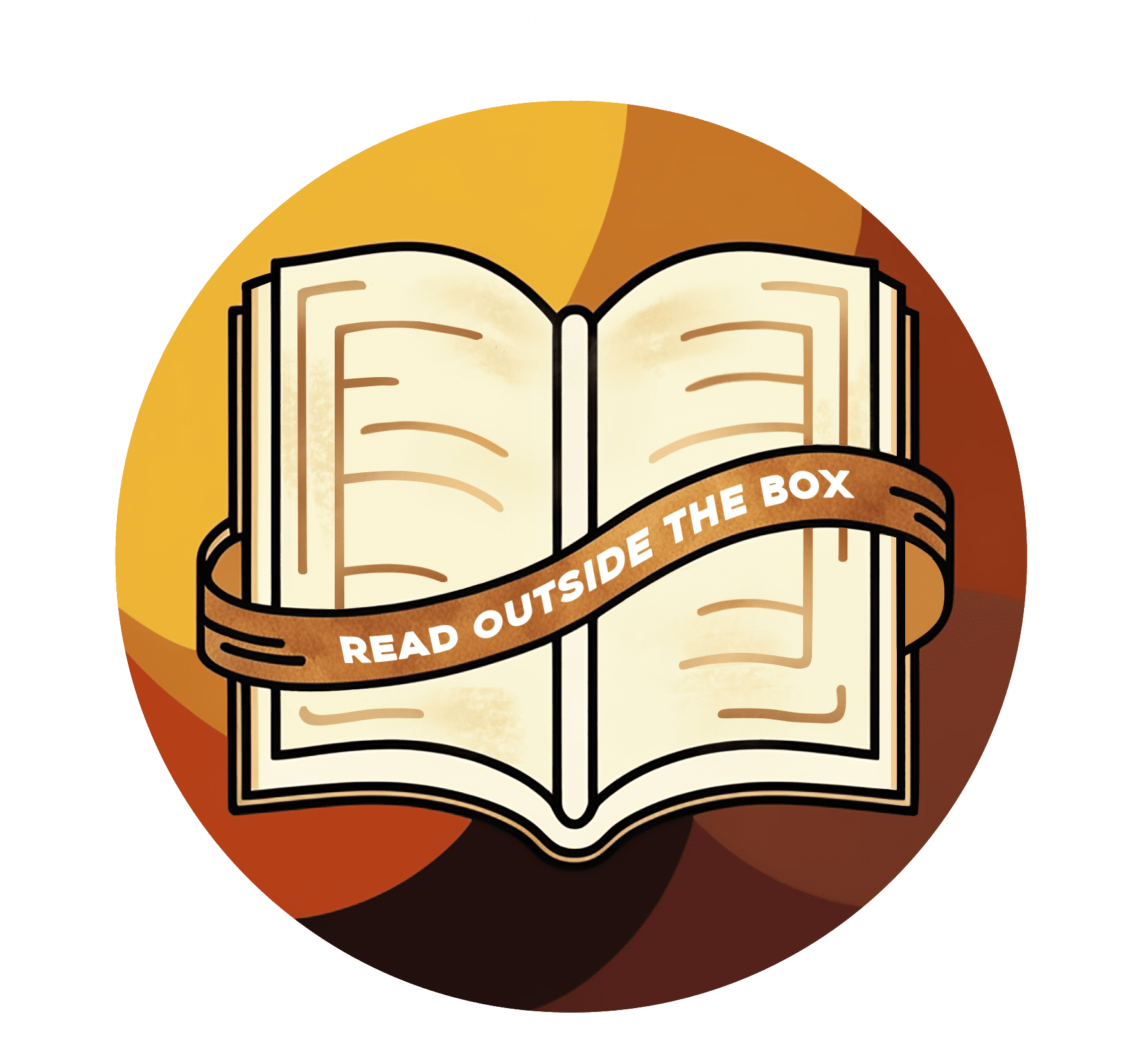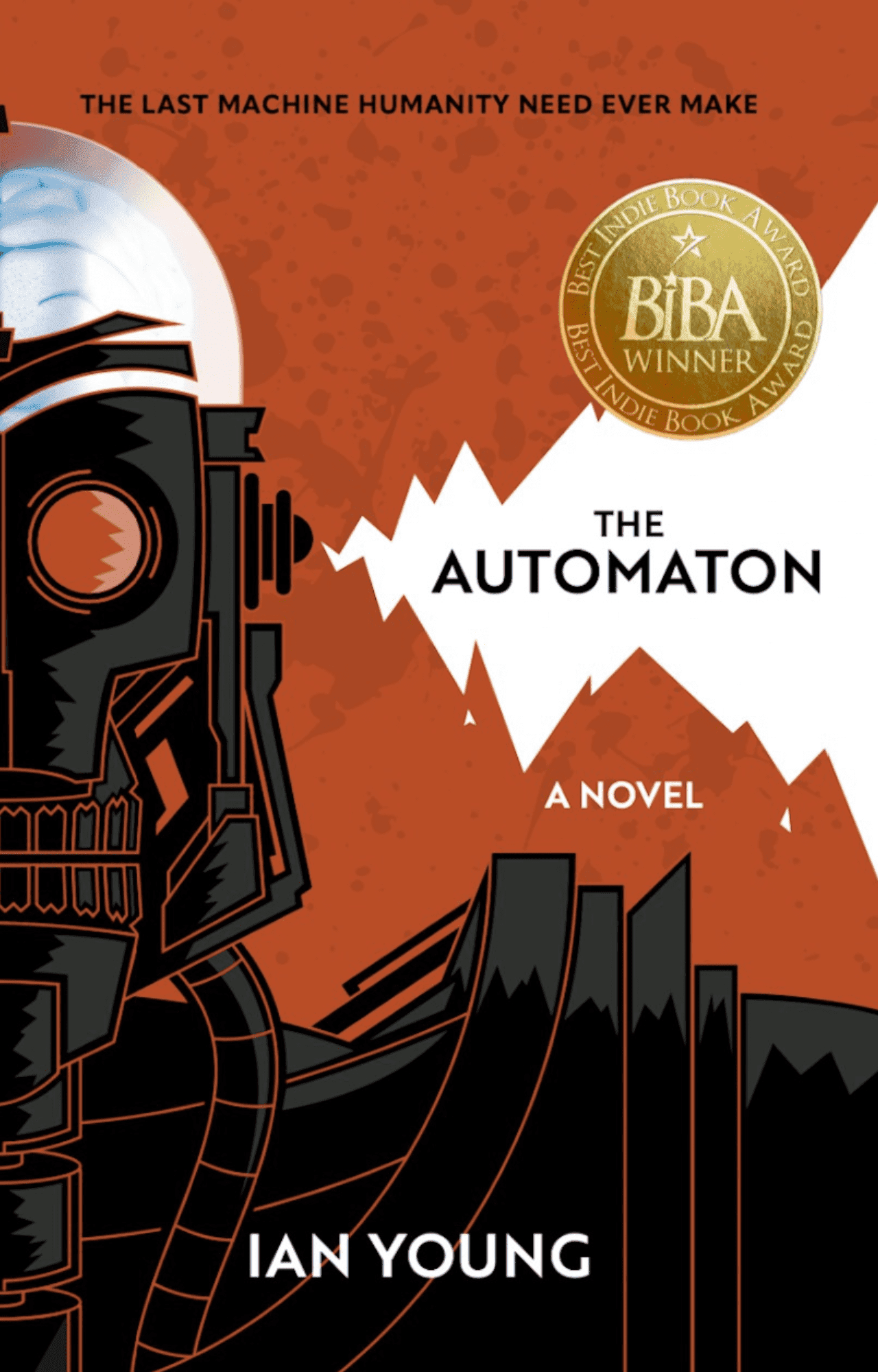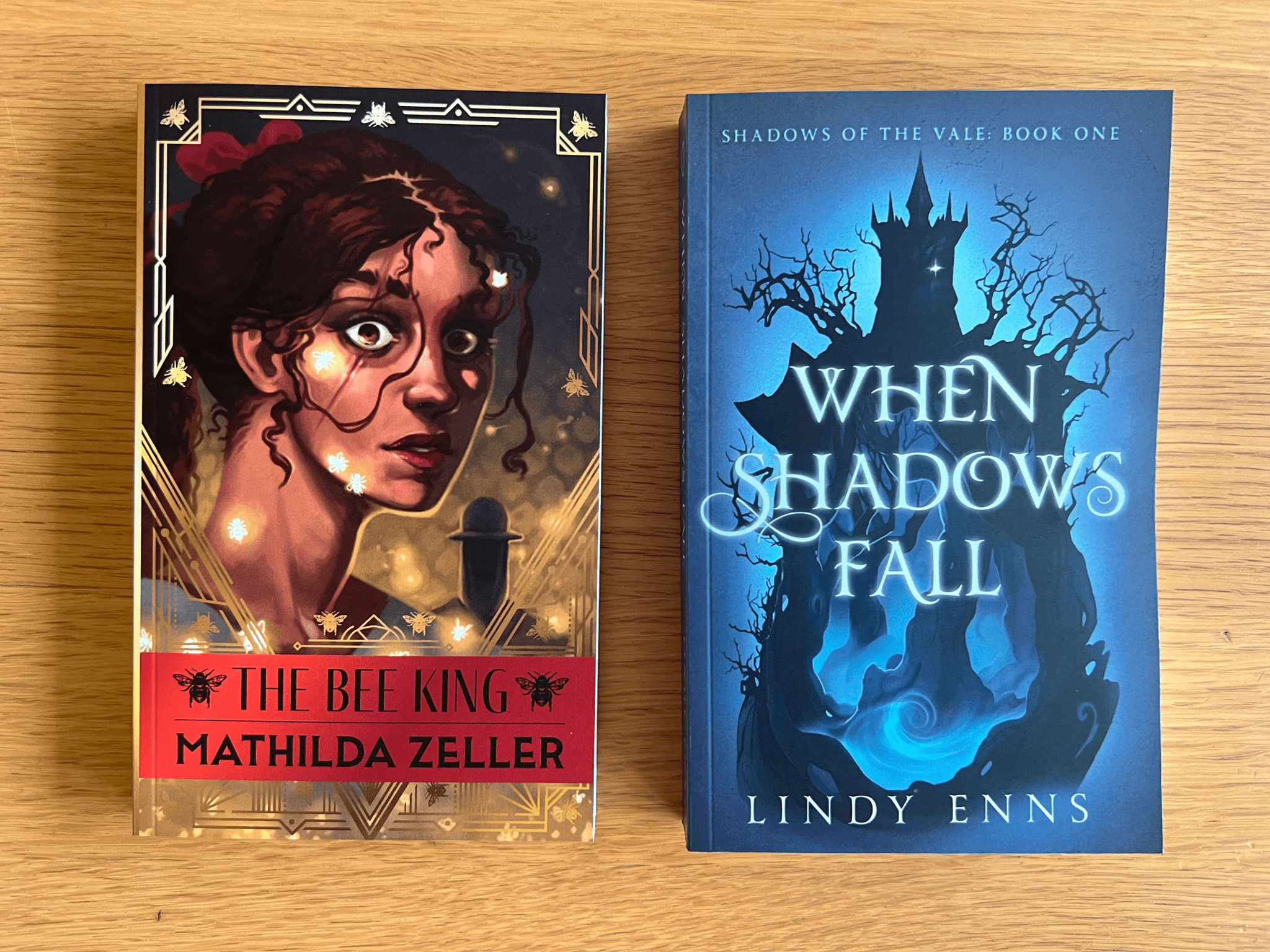Ian Young
THE AUTOMATON
It all started because I can’t draw. I grew up loving drawing and art and wanted to create the cool ideas I had in my head. I took classes, watched videos (pre-youtube era), and drew any chance I got. However, it got to a point where I wasn’t getting any better and drawing became torturous. No matter what I tried, I couldn’t get those mental images onto paper.
One evening in 2014 I decided to give writing a try. I wrote a very short story (available for free on my website). I thought it was a decent effort and writing felt more natural to me than drawing. I then decided to try writing longer prose, and indeed I found it new and exciting. In the end, it is the most efficient way for me to create.
Specifically for The Automaton, two books influenced me on its creation. First was Asimov’s Foundation. It’s a multi-generational story where small interactions between characters are the focal points over hundreds of years of galactic politics. It really taught me that no matter how large a story may be, ultimately, it’s the characters that carry the story. Asimov in general is a big influence because he makes science and technology a major part of his stories and doesn’t just use them as a backdrop.
Secondly, Dan Simmons’s Hyperion influenced my writing style, as well as using non-traditional story structures to tell a story. Hyperion uses short character stories to explain a much grander one. The stories feel personal, grounded, and unique. It’s almost like an antithesis to Foundation, were in Hyperion, the interactions between people aren’t nearly as important as is the background stories of each character. These help to enrich the interactions and the overall story.
I’m a pantser. I believe that stories evolve as they are written and characters (not necessarily the writer) make decisions on how that story progresses. Figuring out how a character gets out of a sticky situation, or more intriguingly, if the character caused it in the first place is terribly exciting and rewarding. It’s in the first draft process that I find my story and most of the time, it’s a complete surprise to me.
Of course, holding the finished product, feeling the thickness of the spine or the smoothness of the pages, seeing my name on the cover, is immensely rewarding. Holding something in your hand that was the result of years of hard work and being able to finally share that story with others is one of writing’s greatest rewards.
Be proud that you are an indie writer! Traditional publishing is about books that are safe bets that will hopefully make the publishing house, agent, and maybe the author a bunch of money. Traditionally published books are meant to sell, but it doesn’t guarantee their quality. I’ve read several traditionally published books where I’ve thought “how the hell did this get published?”
Because we aren’t necessarily worried about the market or grand sales figures, it means you can write whatever you want and in any style you want. You can design your own covers and oversee the design of the interior. That freedom is something that is hard to find as a traditionally published author. Embrace that freedom and create your amazing work of art. To someone out there, your book will be the best book they’ve ever read. Hell, some of the best books I’ve read recently were independently published and likely wouldn’t sell at all in traditional publishing.
I am incredibly proud of my book and proud to be an independent writer! You too should hold your head up high when you say the same!



